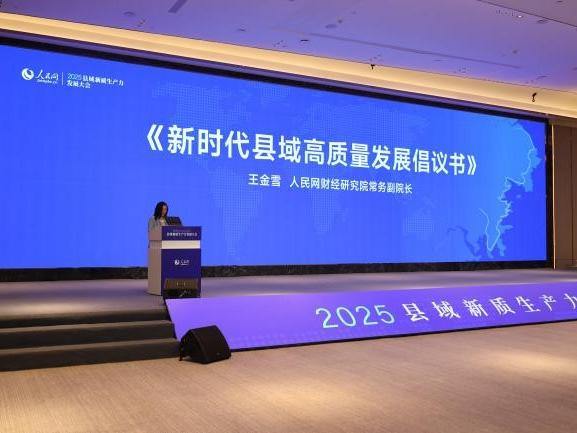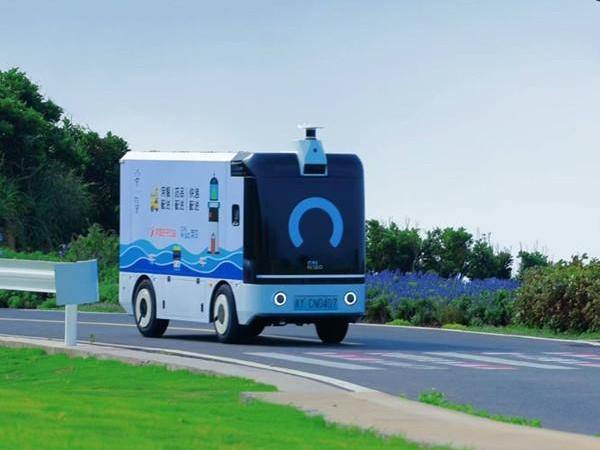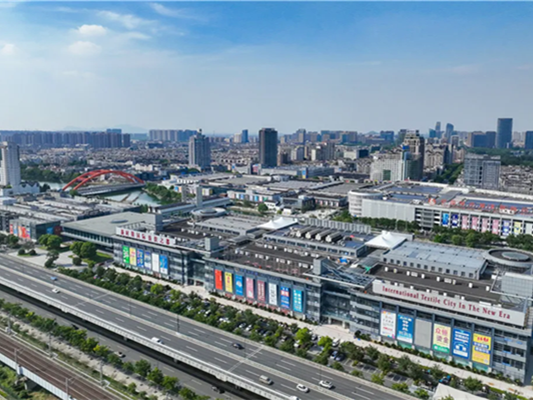Every year, the World Internet Conference unfolds in the photogenic canal town of Wuzhen near Shanghai, since its inauguration in 2014. It serves as a gathering point for companies and government officials, aiming to underscore the strides in high technology and cyberspace. As the conference reaches its 10th anniversary in 2023, it's an opportune moment to reflect on the trajectory of high-tech developments and ponder what lies ahead.
With 5G, Chinese companies started developing know-how early. Now, the applications of 5G have seamlessly integrated into various industries, transforming enterprise parks from conventional IT infrastructure to constructions that directly facilitate local business growth and service enhancement.
A visit to the Xinfengming Group's 5G manufacturing platform reveals a sight of intelligent assembly lines. From spinning to winding and packaging, the majority of production tasks are now efficiently handled by automated machines. With the support of digital technology, this traditional enterprise has transcended its conventional roots.
In the spinning section, 5G robots conduct inspections like human workers. "Through intelligent cameras, they inspect our production process for any loose threads and issue warnings," says a representative from Tongxiang Zhongxin Chemical Fiber Co. Ltd.
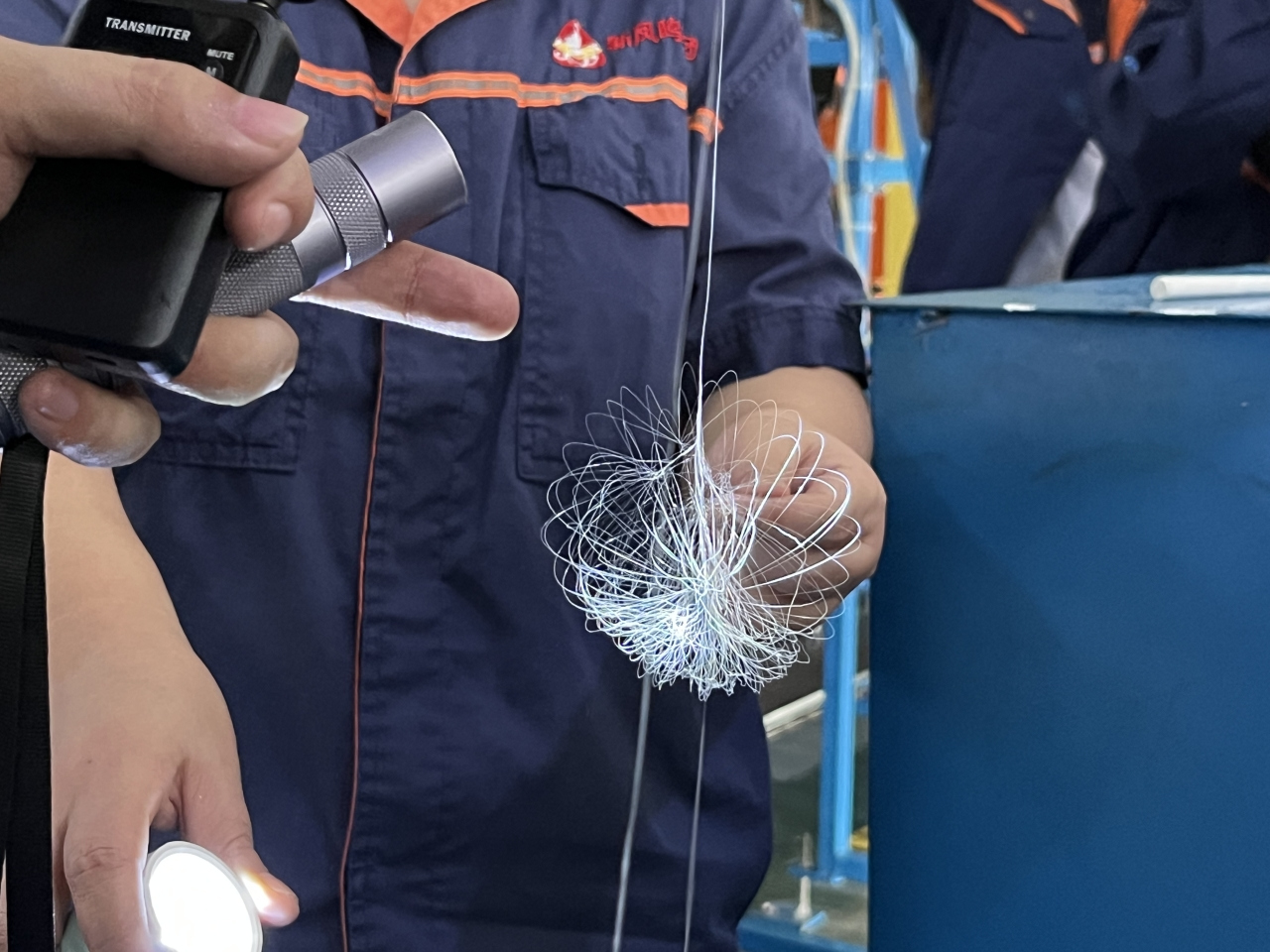
Display of qualified chemical fibre. (Photo/Xu Yuying)
At the Zhejiang Shuanghuan Driveline Co., Ltd.’s "Future No.1" workshop in Tongxiang, manufacturing is becoming more intelligent. Various models and sizes of gear products produced by robots continuously appear on the conveyor. While these machine workers operate, a Manufacturing Execution System display on a large screen provides real-time updates on their progress, malfunctions, production electricity consumption, and more. "Through this screen, we can track each product's batch, responsible personnel, inspectors, etc., enabling more refined management," says Li Xiaobo, Director of General Management Department.
Yunjiang Research and Developments Institute is leveraging digital technology, particularly through intelligent monitoring and AI algorithms, to address various challenges in the construction industry, such as enhancing the safety of personnel on construction sites. Xu Wenchao, Director of the BIM Division, stated that these intelligent solutions can promptly detect and correct a variety of safety hazards in real-time.
Simultaneously, the integration of innovation, smart manufacturing, and data is infusing modern elements into the traditional Chinese medicine industry. The Future Health Laboratory at the Zhejiang University Innovation Center of the Yangtze River Delta has successfully developed the first set of unmanned platforms for the analysis and intelligent screening of traditional Chinese medicine components through collaboration with Tianjin University of Traditional Chinese Medicine.
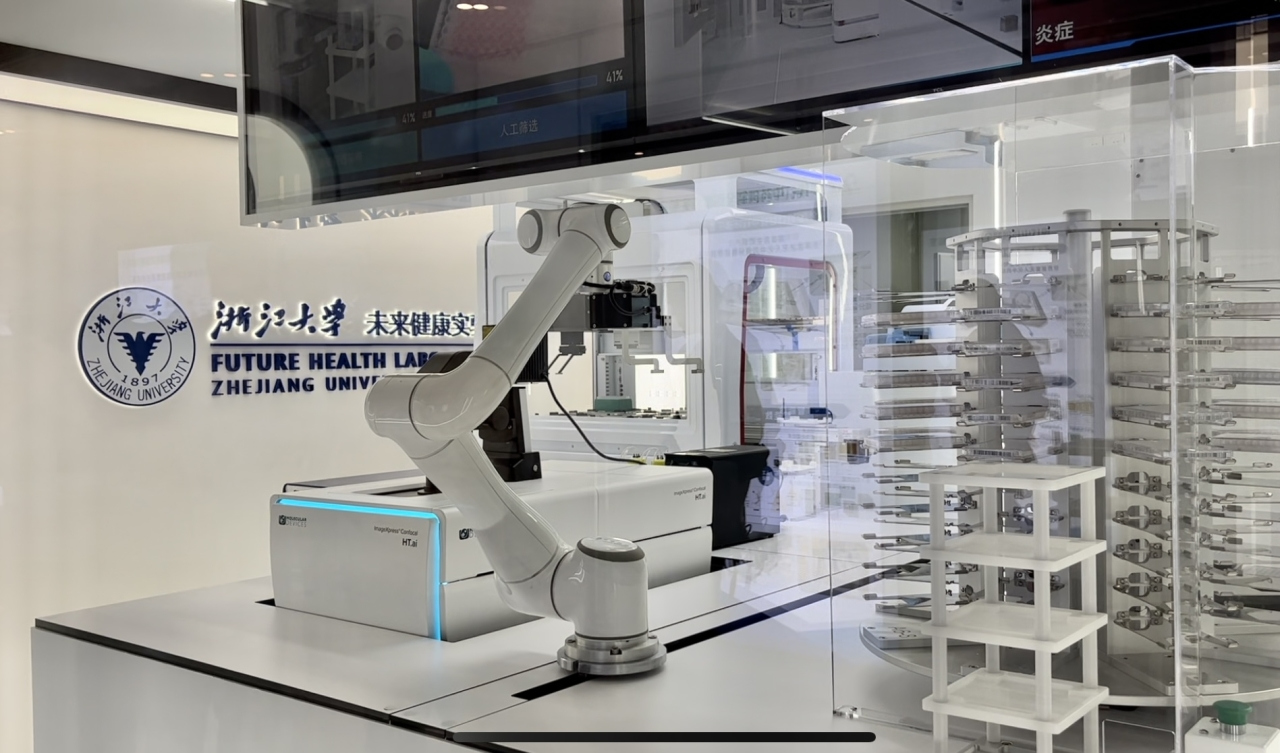
Unmanned platforms for the analysis and intelligent screening of traditional Chinese medicine components. (Photo/Xu Yuying)
Looking ahead, AI for all is the future direction. This year, the flourishing development of AI Generative Content (AIGC) technologies, represented by ChatGPT, has reshaped public perceptions of AI, profoundly influencing every industry, each enterprise, and even every individual. In anticipation of the AIGC era, as an industry leader in the provision of digital solutions, H3C has proposed an "AIGC Openness Strategy", introducing the groundbreaking private large-scale model—LinSeer. Simultaneously, there is a comprehensive upgrade of the ICT computing infrastructure, driving AIGC innovation iteration and accelerating AIGC's integration into various industry scenarios.
Reporter: Xu Yuying
Editor: Xu Yuying
